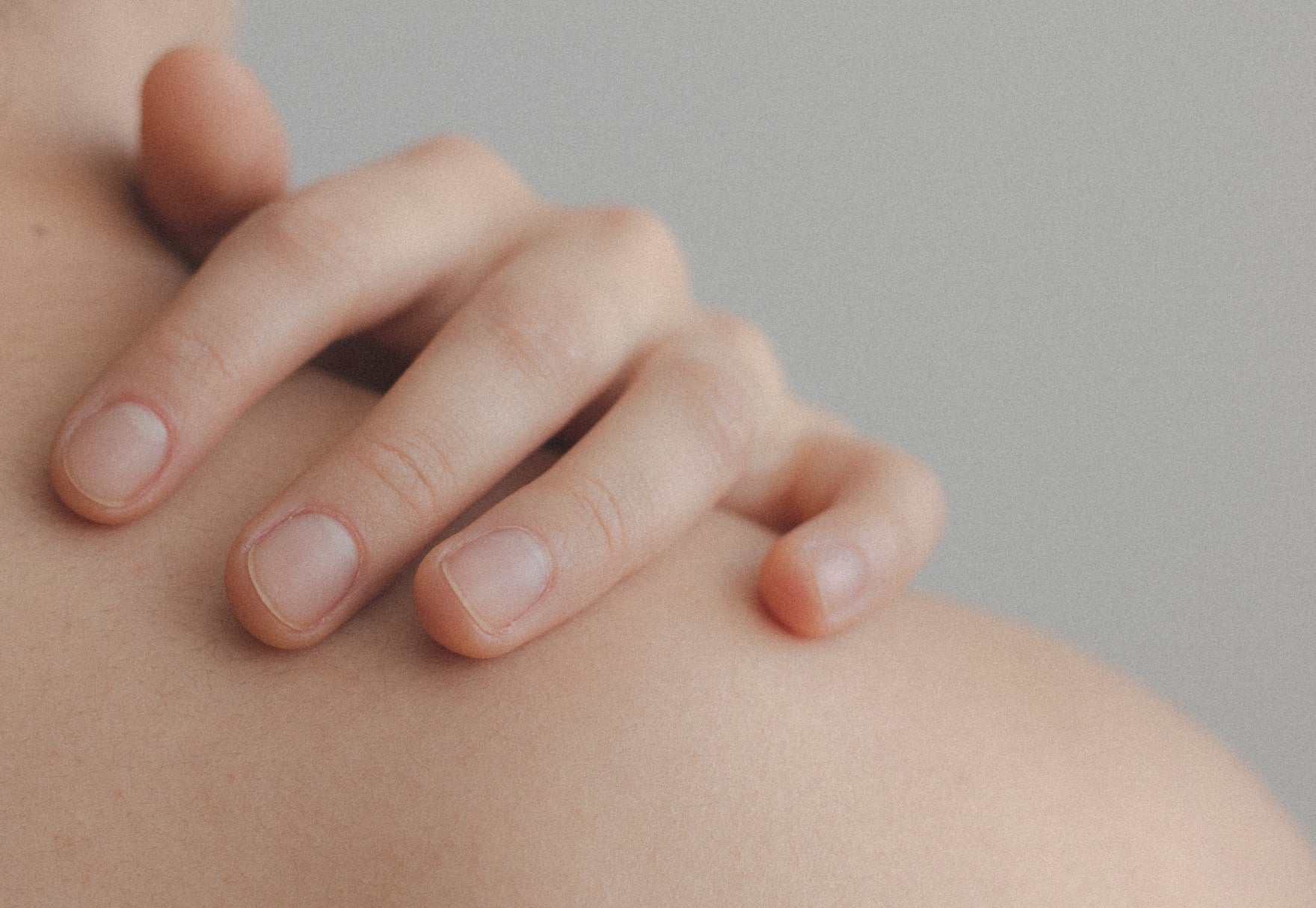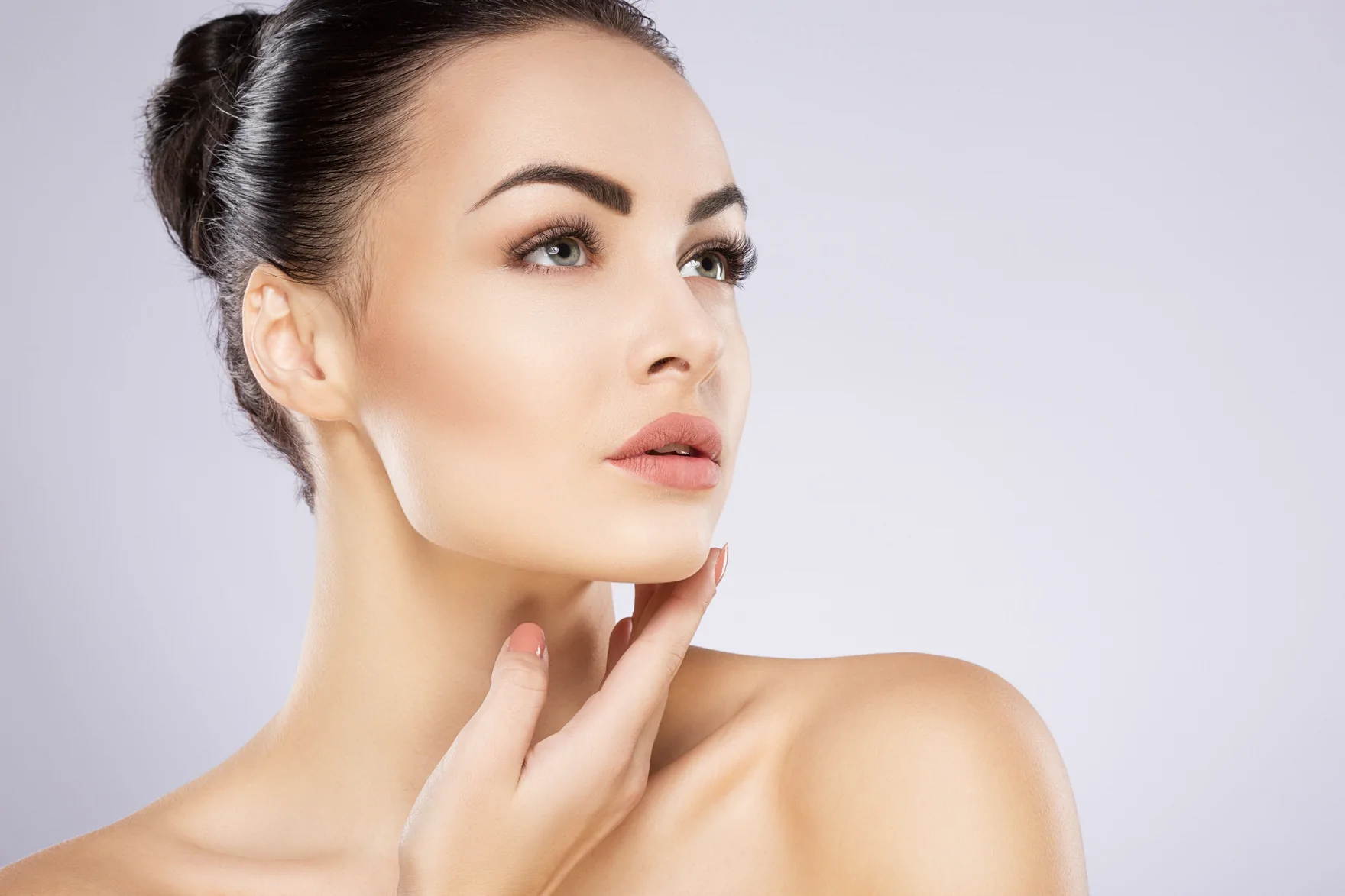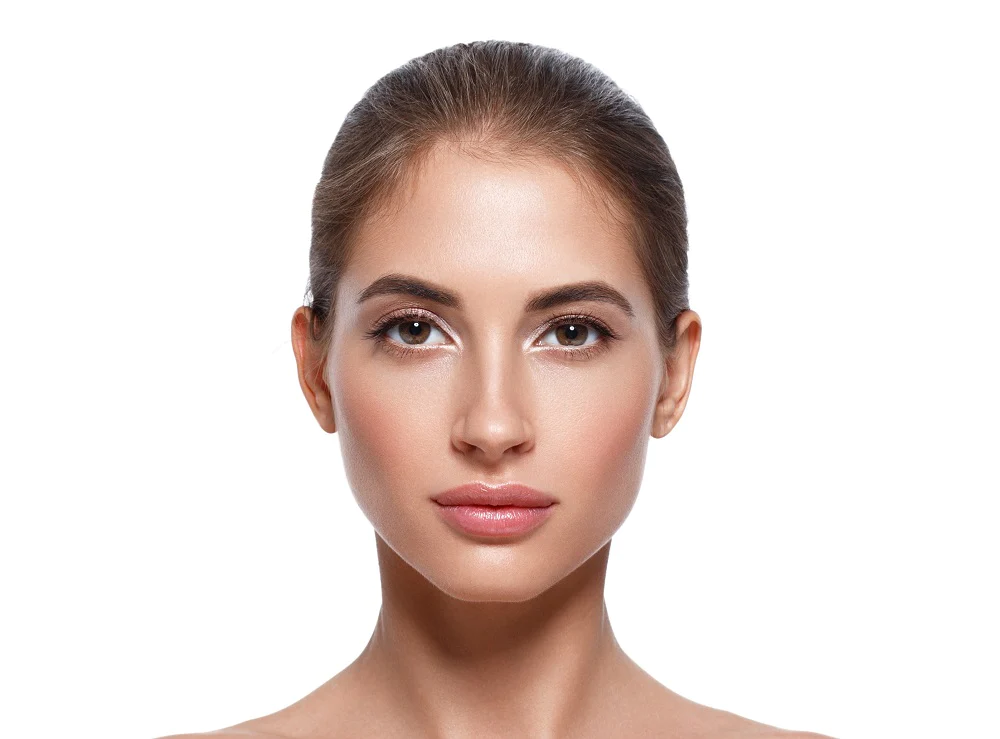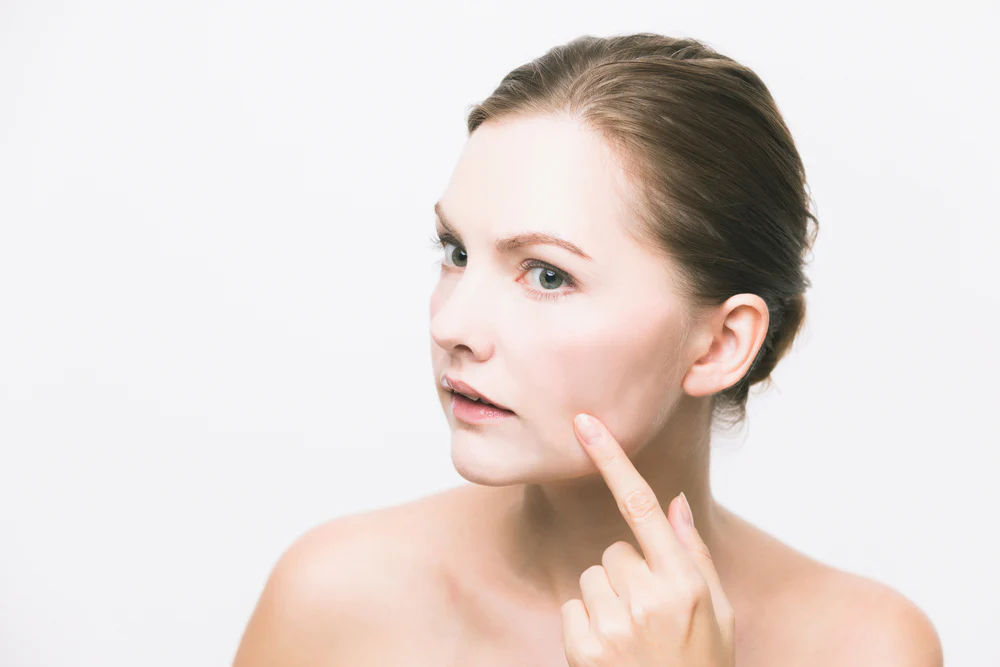

- Face
Facial Assessment: Part ii – Shadows &Amp; Beauty
Surface Irregularities: How many times have we heard advertising claims that, if we would only use this particular product or undergo that particular procedure, our skin would be as “soft as a baby’s bottom.” While typically falling far short of this goal, such advertising does give us a clue as to what youthful skin should look – and feel- like. A baby’s bottom is soft, smooth, and completely blemish-free. However, like barnacles collecting on the keel of a ship exposed to the elements, our skin undergoes changes over time that are collectively reflected on its surface.
The sun does not treat us all equally. When the sun’s energy strikes Caucasian skin (Fitzpatrick Skin Types I and II), it wrinkles… sometimes prematurely. Crow’s feet, forehead lines, and similar irregularities in “texture”, bespeak aging, not youthfulness. On the other hand, when the sun hits Asian skin, or Latino skin, or Middle Eastern skin (Fitzpatrick Skin Types III-VI), it doesn’t wrinkle… it turns brown. Melanocyte activation is much more common in these skin types, producing lentigines, melasma, and areas of mottled hyperpigmentation. The cumulative effect is the loss of homogeneity of “tone” that was present in youth.
While teenage acne is a classic disruptor of surface anatomy during a well-defined period of youth, it’s the residual footprint of scarring and post-inflammatory hyper-pigmentation that lives on into adulthood. Shallow acne scars, as well as the deeper ice-pick scars, catch cross-lighting, providing the lines and shadows our eyes love to detect. And post-inflammatory hyperpigmentation, especially in darker skin types, frequently leaves permanent tonal variations.
The integumentary system is the largest organ system in the body, and like every other organ system, undergoes age-related changes. The skin is made up of a tight network of collagen and elastin fibers that respond to a host of internal influences, including hydration, diet, hormone levels and underlying disease states, as well as external factors, such as sun and wind exposure, as well as habits, such as smoking (vertical lip lines). As women’s estrogen levels change over time, those changes are often visible as weakening and thinning of this collagen network. Not only does the skin show changes in surface texture due to declining hormone levels, but the skin’s once youthful “turgor” also suffers.
In summary, when we view a face, the cumulative damage of the natural aging process, coupled with the effects of environmental exposure and smoking, create visible changes to the skin’s “tone”, “texture” and “turgor” that produce in the viewer, both conscious and unconscious markers of aging.
Read more next week on our Facial Assessment series – Facial Assessment: Part III – Volume Loss & Ptosis







